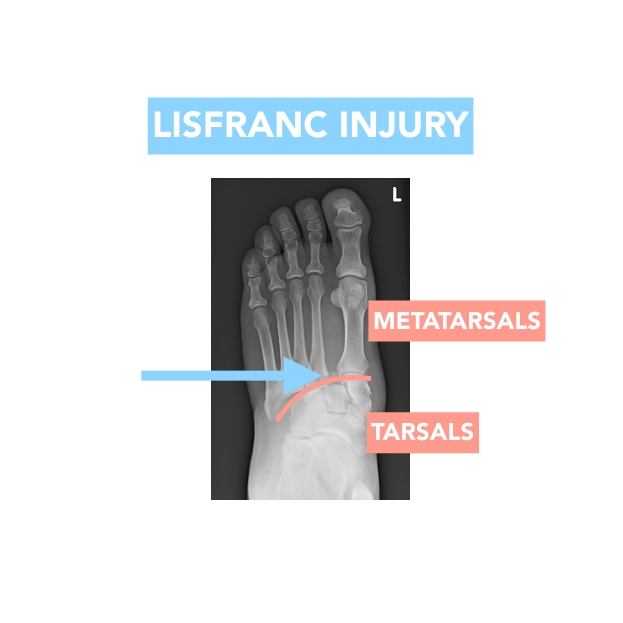What does a French surgeon and gynaecologist have to do with this week's Flow Knows?
Well you would have heard his name thrown around a fair bit since Collingwood's Daniel Wells, sustained a left Lisfranc injury that required surgery in round 12.
The Lisfranc joint refers to the joints at the base of the five metatarsals and the articulations with the tarsal bones in the foot.
Injuries can range from ligament sprains to complete tears with differing degrees of separation and displacement.
The 2 main mechanisms of injury are a direct crush force to the midfoot, or an indirect force.
The indirect mechanisms usually occurs from a fall backward with the foot trapped, a longitudinal compression or a fall on the point of the toes.
Clients typically present with difficulty weight-bearing, running and walking on toes after an acute mechanism or injury.
It's important to note, that while Lisfranc injuries are uncommon in the general population, they are the second most common foot injury in athletes and require a high amount of clinical suspiscion in presentations where midfoot pain lasts greater than 5 days. This is due to the disastrous consequences if left untreated.
Treatment will depend on the severity and amount of instability present. In lower grade injuries, with no separation, conservative management with a period of non-weightbearing in a CAM boot can be recommended. For higher grade injuries with instability and separation, a surgical approach is usually favoured.

